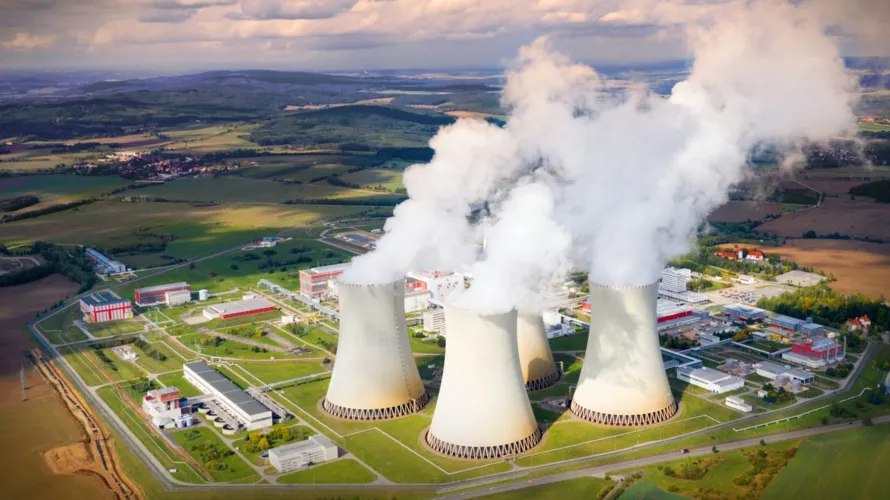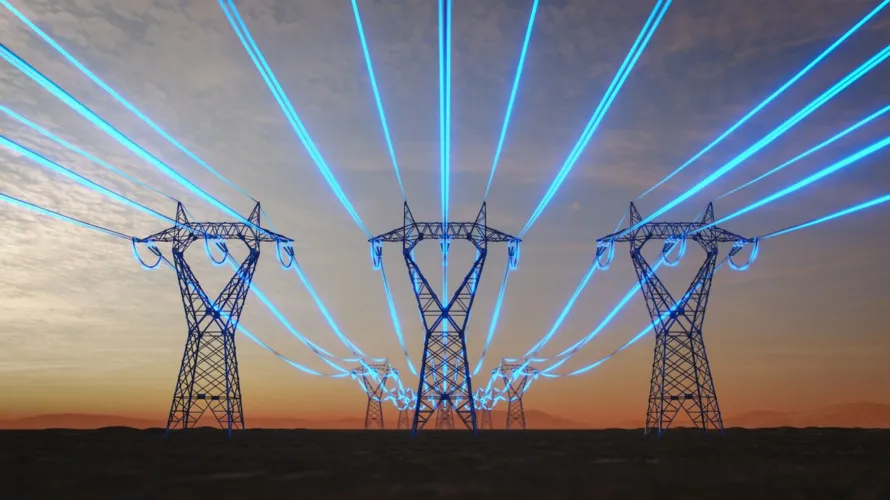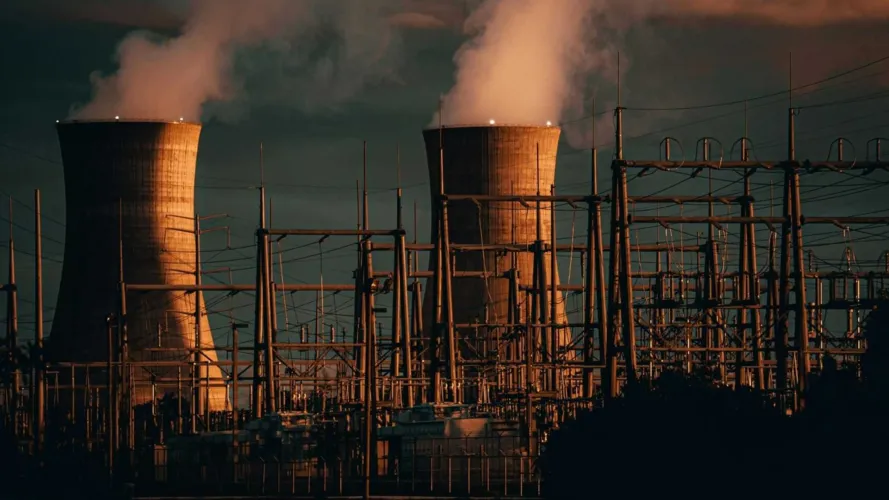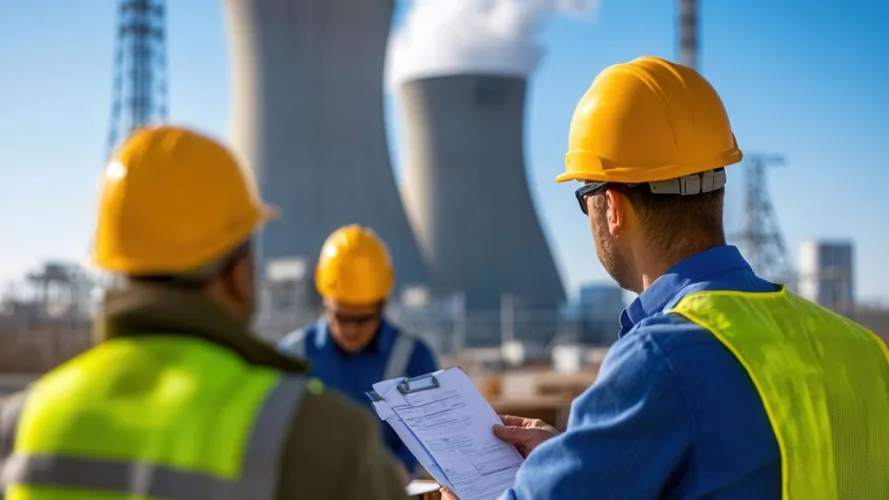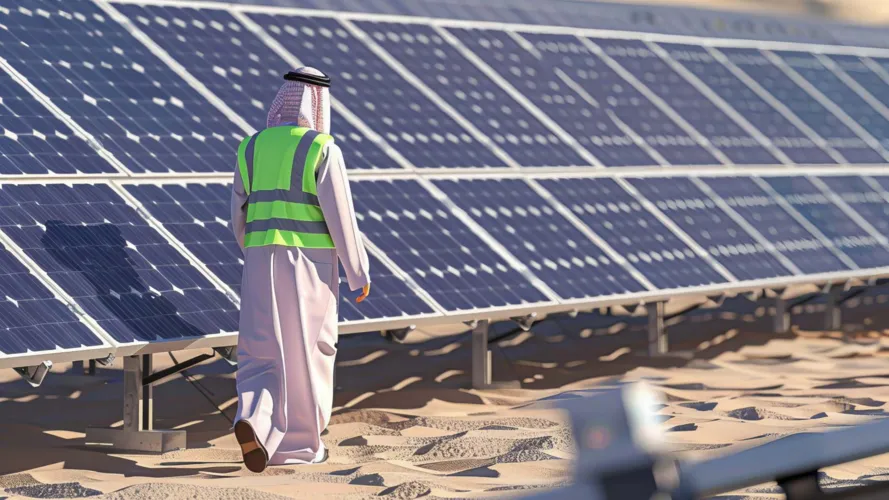The State of Energy Transition: Saudi Energy Transition Consulting’s Real-Time View
There’s no mystery here. Energy markets are transforming fast, and not because of a single breakthrough or policy mandate. From what Saudi Energy Transition Consulting sees on the ground, it’s the collision of financing, tech, and necessity that’s forcing this shift to accelerate. The global energy transition market surged to $2.6 trillion in 2024, and projections show it doubling to $5.91 trillion by 2033. That 9.7% compound annual growth isn’t speculative—it’s survival-mode scaling.
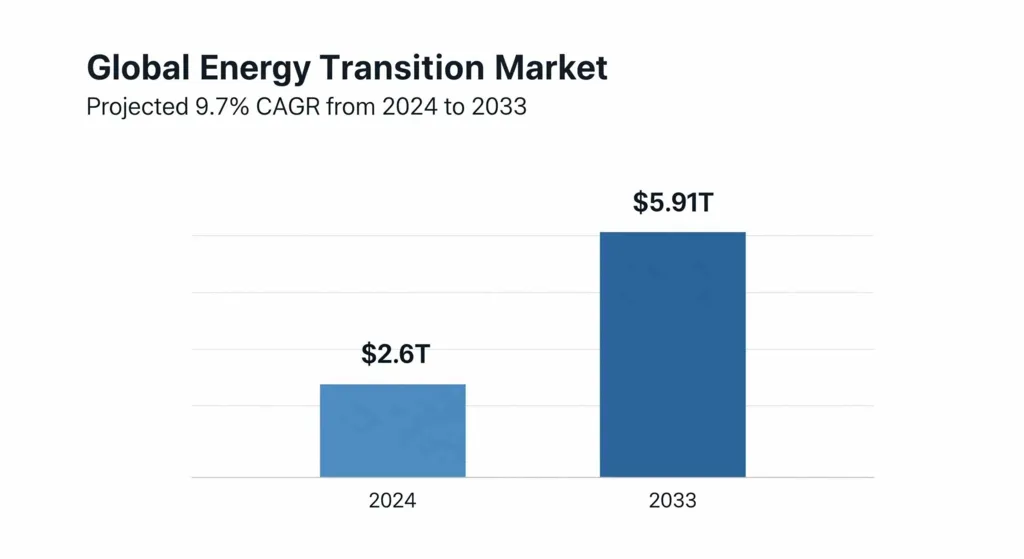
Renewable Energy’s 50% Market Hold Is Impressive, But Also Misleading
Yes, renewables grabbed nearly half of the market last year, and yes, the optics are strong: solar arrays lighting up the desert, wind farms powering entire cities. But Saudi Energy Transition Consulting cautions that growth doesn't equal stability. Grid systems in many regions are still lagging. They’re built for predictability, not intermittency. Without smart storage and load-balancing tech, more megawatts just mean more volatility. Integration is the next battle, and digital infrastructure isn’t just part of the solution—it is the solution.
$2.1T in Clean Energy Investment Means Confidence. Not Just Cash.
Investments in renewable energy sources reached a record $2.1 trillion in 2024 alone. Solar and wind stole the investment spotlight in 2024, but we see real weight behind emerging bets: carbon capture, hydrogen, and grid-level storage. What matters more than the dollar figure? Confidence. Momentum only sticks when funding meets policy alignment, supply chain resilience, and investor patience. Especially in emerging markets, where decentralized systems are gaining traction, but funding gaps can stall progress fast.
LNG and SMRs: Strategic Fixtures
Forget the old “bridge fuel” talk. Liquified natural gas is becoming a long-term staple, especially with improved carbon capture tech making it cleaner. Saudi Energy Transition Consulting often positions LNG as a stabilizer: lower emissions, easier transport, and geopolitical flexibility. Same with nuclear. Small Modular Reactors (SMRs) are reshaping nuclear’s narrative. They’re compact, less risky, and fast to deploy. Together, LNG and SMRs aren’t here to fill gaps; they’re holding the framework together.
AI’s Role Is Growing, Along With Its Power Bill
AI promises to trim waste and optimize distribution, which sounds great until you realize data centers could eat up 10% of global power by 2030. Saudi Energy Transition Consulting treats AI as both tool and variable. It can streamline grid performance, but it also demands energy planning all its own. The key is integration that’s strategic, not reactive.
OPEC's Output Surge: A Rebalance
When OPEC+ raised daily output by 548,000 barrels in August 2025, it spooked some clean energy optimists. But from Saudi Energy Transition Consulting’s perspective, rather than a backtrack, it’s a tactical recalibration. Oil still anchors affordability and geopolitical leverage. In markets facing inflation and energy insecurity, fossil fuels provide stability. The firm advocates a dual-track strategy: aggressive renewables buildout paired with strategic hydrocarbon investments to buffer the shocks and fund transformation goals.
Also Read: How Saudi Clean Energy Advisory Can Propel $266B Green Investment Goals


